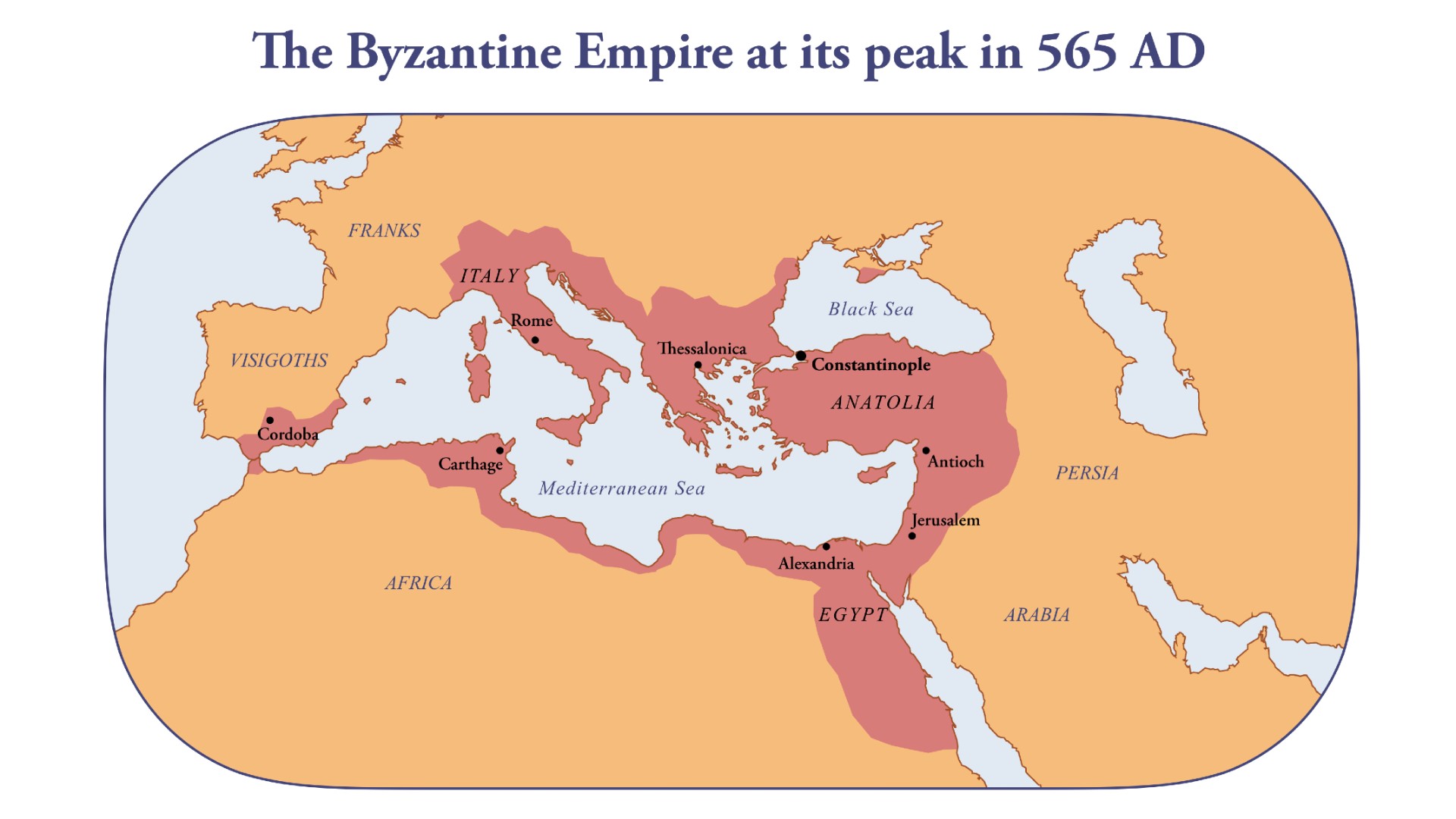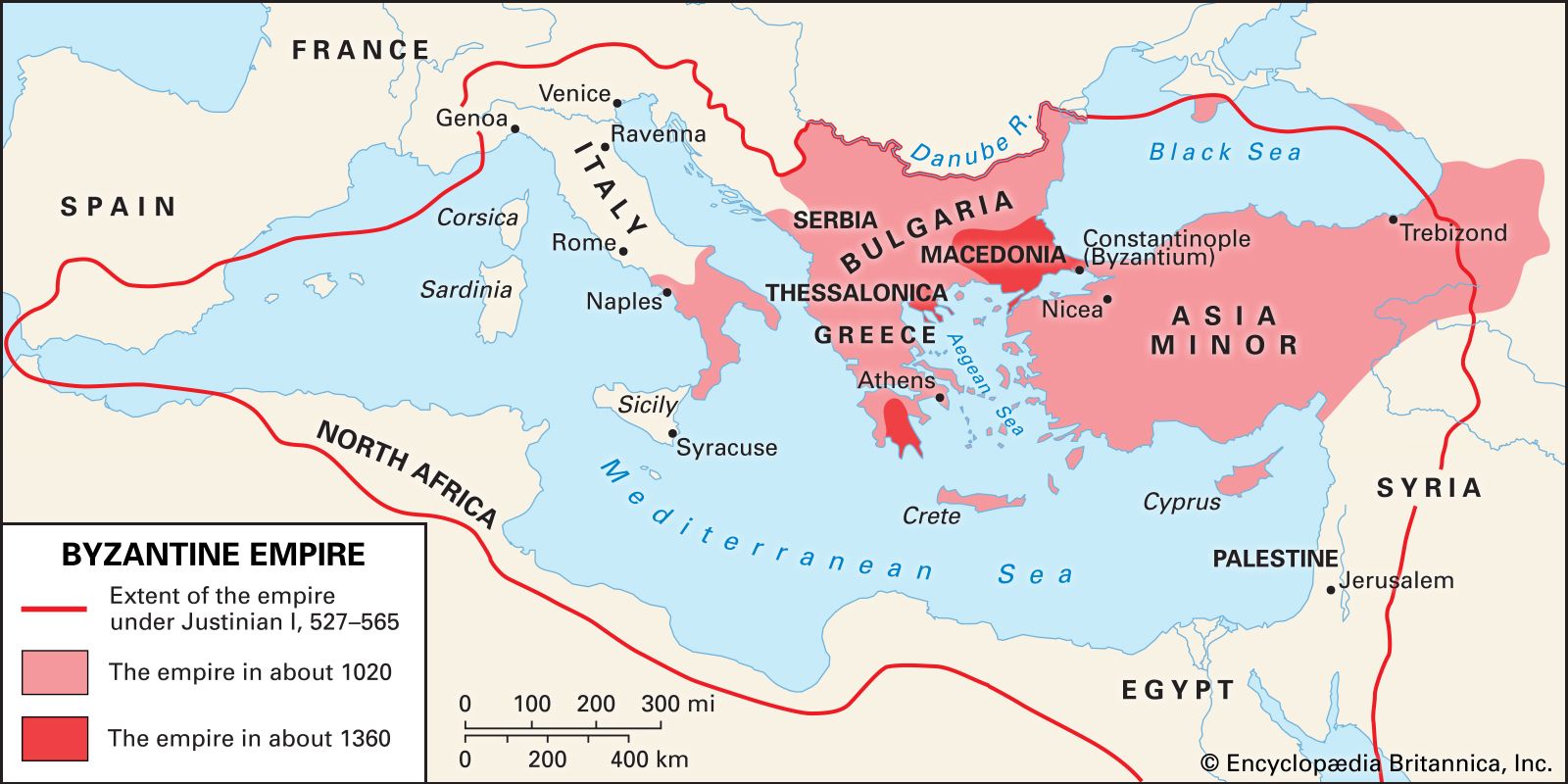The Byzantine Empire went through various periods of expansion and contraction throughout its existence. One notable period of significant territorial gain occurred during the reign of Emperor Justinian I, from 527 to 565 AD. During this time, the Byzantine Empire witnessed a remarkable expansion of its boundaries, reclaiming former territories and conquering new ones. This era marked a pinnacle of Byzantine power and influence.
Under the leadership of Justinian I, the Byzantine Empire regained control over territories in North Africa, Italy, and parts of Spain. The reconquest of North Africa from the Vandals and the Gothic War in Italy were some of the key military campaigns that solidified Byzantine control over these regions. The Byzantine Empire also extended its influence through trade and diplomacy, establishing thriving economic relationships with neighboring kingdoms and fostering cultural exchanges. This period of territorial expansion played a crucial role in shaping the Byzantine Empire’s identity and solidifying its position as a dominant power in the Mediterranean region.
The Byzantine Empire experienced its most significant expansion during the reign of Emperor Justinian I, from 527 to 565 AD. This period is known as the Justinianic or Late Roman Period. Under Justinian’s rule, the empire regained control over lost territories in Italy, North Africa, and parts of Spain. His ambitious military campaigns and diplomatic strategies solidified Byzantine dominance and extended its influence across the Mediterranean region.

Contents
The Golden Age of the Byzantine Empire’s Expansion
The Byzantine Empire, known for its longevity and cultural influence, experienced numerous periods of territorial expansion throughout its existence. However, there was a particular era when the empire achieved its greatest territorial gains. This period, spanning from the late 9th century to the early 11th century, is commonly referred to as the “Byzantine Golden Age.” During this time, the Byzantine Empire expanded its borders, reclaiming lost territories, pushing back rival powers, and establishing itself as a dominant force in the Eastern Mediterranean.
The Macedonian Renaissance and the Regaining of Lost Territories
Under the Macedonian Dynasty, which emerged in the late 9th century, the Byzantine Empire experienced a period of renewed vigor and cultural flourishing known as the Macedonian Renaissance. Emperor Basil I and his successors played a crucial role in regaining lost territories, particularly in the Balkans and Anatolia. Basil I defeated the Bulgarians and expanded Byzantine control over the region, re-establishing Byzantine authority in territories that had been lost during earlier conflicts.
In addition to reclaiming lost territories, the Byzantine Empire also expanded its influence in the east. Byzantine generals such as John Kourkouas and Nikephoros II Phokas launched successful military campaigns against the Abbasid Caliphate, recapturing territories in Syria and Armenia. These victories solidified Byzantine control over key trade routes, enhancing the empire’s economic and political power.
The Byzantine Empire’s expansion during the Macedonian Renaissance was also driven by diplomatic efforts. The empire, under Basil I and his successors, formed diplomatic alliances and established marital connections with powerful neighboring states, including the Kievan Rus, the Holy Roman Empire, and the Armenian Kingdom. Through these alliances, the Byzantine Empire gained both military support and increased influence in the regions under their partners’ control.
The Komnenian Restoration and the Anatolian Reconquest
The Komnenian Restoration, which occurred during the 11th and 12th centuries, marked another significant period of territorial expansion for the Byzantine Empire. Emperor Alexios I Komnenos and his successors implemented a series of military and administrative reforms, enabling the empire to regain control over Anatolia, which had been lost to the Seljuk Turks.
Alexios I Komnenos initiated the First Crusade, which inadvertently resulted in the Byzantine Empire regaining territories in western Anatolia. The crusaders, en route to the Holy Land, formed alliances with the Byzantines and assisted in capturing cities such as Nicaea and Antioch from the Turks. These territories were then returned to Byzantine control, significantly expanding the empire’s influence and reclaiming its historical heartland in Anatolia.
The Anatolian Reconquest continued under Alexios’ successors, particularly under Emperor John II Komnenos and Manuel I Komnenos. By implementing strategic military campaigns and diplomatic maneuvering, the Byzantines successfully recaptured territories in western and central Anatolia, including the cities of Smyrna, Philadelphia, and Iconium. The empire once again became a dominant power in the region, exerting control over vital trade routes and securing its eastern borders.
The Expansion of Byzantine Influence in Southern Italy and the Balkans
While the Byzantine Empire was mainly focused on regaining its lost territories in the east, it also expanded westward, particularly in Southern Italy and the Balkans. The Byzantine Empire initially established a presence in Southern Italy during the reign of Emperor Justinian I in the 6th century. However, it was during the Byzantine Golden Age that Byzantine influence in the region reached its peak.
Following the Norman conquest of Southern Italy, the Byzantine Empire launched several expeditions to reclaim the lost territories. Byzantine generals, such as George Maniakes and the famous general Nikephoros Bryennios, successfully recaptured major cities, including Bari, Taranto, and Reggio Calabria. These victories allowed the Byzantine Empire to reestablish territorial control in Southern Italy and secure its position in the region.
In the Balkans, the Byzantine Empire sought to counter the expansion of Bulgarian, Serbian, and Hungarian powers. Emperors such as Basil II and John I Tzimiskes launched military campaigns to reclaim territories in the Balkans and solidify Byzantine control over the region. Basil II’s victories over the Bulgarians in the late 10th and early 11th centuries, particularly the decisive Battle of Kleidion, resulted in the annexation of Bulgaria and the expansion of Byzantine influence in the Balkans.
Through military victories, strategic alliances, and diplomatic maneuvering, the Byzantine Empire experienced unprecedented territorial expansion during its Golden Age. The empire regained lost territories in the east, established control over Anatolia, expanded its influence in Southern Italy, and solidified its dominance in the Balkans. These territorial gains not only increased the empire’s power and influence but also contributed to the preservation and transmission of Greek and Roman culture and knowledge throughout the Byzantine world.

The Byzantine Empire’s Period of Expansion
The Byzantine Empire experienced several periods of territorial growth throughout its existence. One of the most significant periods of expansion occurred during the reign of Emperor Justinian I, from 527 to 565 AD. Justinian’s military campaigns were aimed at reclaiming lost Roman territories and expanding Byzantine influence.
Under Justinian’s rule, the Byzantine Empire gained control over large parts of Italy, North Africa, and Spain. His most notable achievement was the reconquest of former Western Roman territories, including Rome itself. This period marked the Byzantine Empire’s greatest territorial extent.
The conquests under Justinian’s rule greatly increased the empire’s wealth and power, but they also strained its resources. The Byzantines struggled to maintain control over their vast territories, and subsequent emperors faced challenges in defending and governing the expanded empire.
Despite the difficulties, Justinian’s reign marked a period of significant territorial growth for the Byzantine Empire. His conquests solidified Byzantine influence in the Mediterranean and laid the foundation for the empire’s continued expansion in the following centuries.
The Period When The Byzantine Empire Gained the Most Territory
- The Byzantine Empire achieved its greatest territorial expansion during the reign of Emperor Justinian I.
- Under Justinian’s rule, the Byzantine Empire recaptured many territories in the Western Roman Empire.
- The most notable conquest was the reconquest of Italy, including the city of Rome.
- The Byzantine Empire also gained control over parts of North Africa, such as Carthage and Egypt.
- These territorial gains were a result of successful military campaigns and strategic alliances.
Frequently Asked Questions
The Byzantine Empire had several periods of expansion throughout its history. Here are some frequently asked questions about the period when the Byzantine Empire gained the most territory.
1. How did the Byzantine Empire gain so much territory?
The Byzantine Empire experienced its greatest territorial expansion during the reign of Emperor Justinian I, from 527 to 565 CE. Justinian embarked on numerous military campaigns and reconquests, successfully reclaiming lost territories that had been captured by various invaders. He recaptured Italy, parts of North Africa, and even briefly regained control over parts of the western Mediterranean.
Justinian’s military successes were also supported by strong diplomacy and alliances with neighboring polities. This enabled the Byzantines to expand their influence and establish buffer zones against potential threats. The empire’s strategic geographic location between Europe and Asia also played a significant role in its territorial gains.
2. What were some key conquests during this period?
One of the most significant conquests during this period was the recovery of Italy. The Byzantine Empire regained control over several major cities, including Rome, Ravenna, and Syracuse. They also reclaimed the provinces of North Africa, battling against the Vandals and other Germanic tribes.
Another important conquest was the temporary reconquest of certain areas in the western Mediterranean, such as parts of Spain and southern France. Although these gains were not long-lasting, they demonstrated the Byzantine Empire’s military prowess and extended its territorial reach to the westernmost parts of Europe.
3. What impact did the territorial expansion have on the Byzantine Empire?
The territorial expansion greatly enhanced the power and prestige of the Byzantine Empire. The regained territories brought substantial wealth and resources, contributing to the empire’s economic prosperity. The expanding control also solidified the Byzantines’ influence over neighboring regions and strengthened their position as a dominant force in the Mediterranean world.
However, the vastness of the empire also posed challenges. The administration and defense of the newly acquired territories required significant resources, stretching the Byzantine Empire’s military and financial capabilities. The empire had to invest in fortifications, maintain garrisons, and establish effective governance systems in the conquered regions.
4. Did the territorial gains last long?
While the Byzantine Empire experienced significant territorial gains during this period, not all conquests were long-lasting. Some territories were eventually lost due to internal conflicts, external invasions, or shifting alliances. For example, the Lombards’ invasion of Italy in the late 6th century resulted in the loss of several Byzantine territories in the region.
Nevertheless, the Byzantine Empire managed to retain control over key territories, including Constantinople, the capital, and other strategically important cities. These territories formed the core of the Byzantine Empire and continued to be the heart of its power and influence.
5. What is the legacy of this period of expansion for the Byzantine Empire?
The period of territorial expansion under Emperor Justinian I left a lasting impact on the Byzantine Empire. It significantly increased the empire’s cultural and political influence, as it brought diverse regions and populations under Byzantine rule. The regained territories also enriched the empire’s intellectual and artistic traditions.
In addition, the territorial gains during this period played a crucial role in shaping the Byzantine Empire’s identity and legacy. They reinforced its status as the successor to the Roman Empire and highlighted its resilience in the face of external threats. The territories reclaimed by Justinian I became integral parts of the Byzantine Empire and contributed to its historical and geopolitical significance.
The rise and fall of the Byzantine Empire – Leonora Neville
To summarize, the Byzantine Empire experienced significant territorial expansion during the reign of Emperor Justinian I, from 527 to 565 AD. This period, known as the Justinianic Reconquest, saw the Byzantines reclaim vast areas that had been lost to invaders.
Under Justinian’s rule, the Byzantine Empire regained control over North Africa, Italy, and parts of Spain and southern France. Through military campaigns and strategic alliances, Justinian was able to extend Byzantine influence and solidify his empire’s borders.